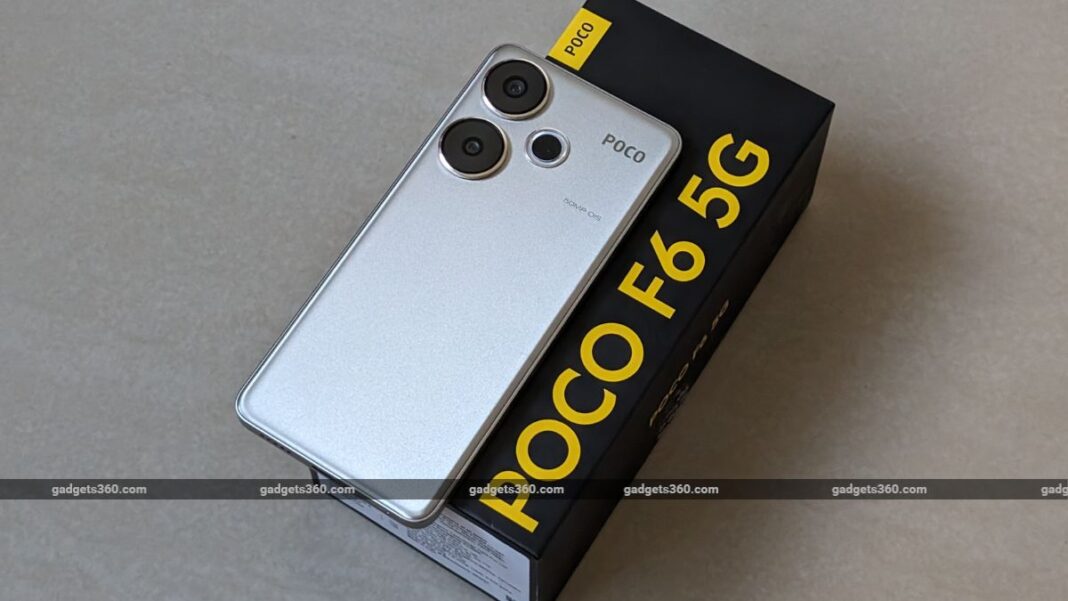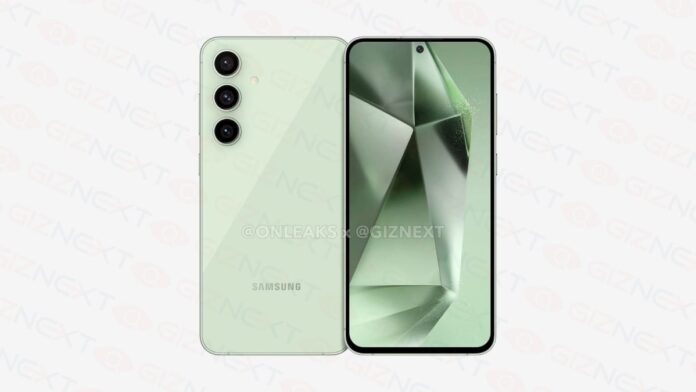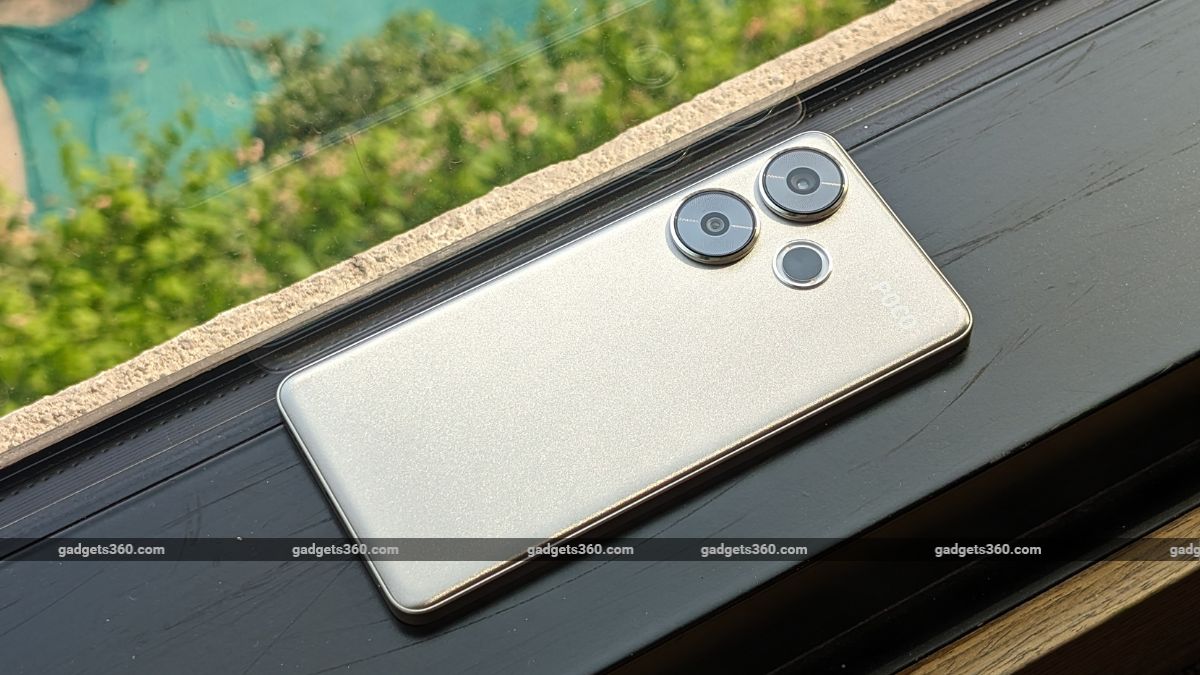
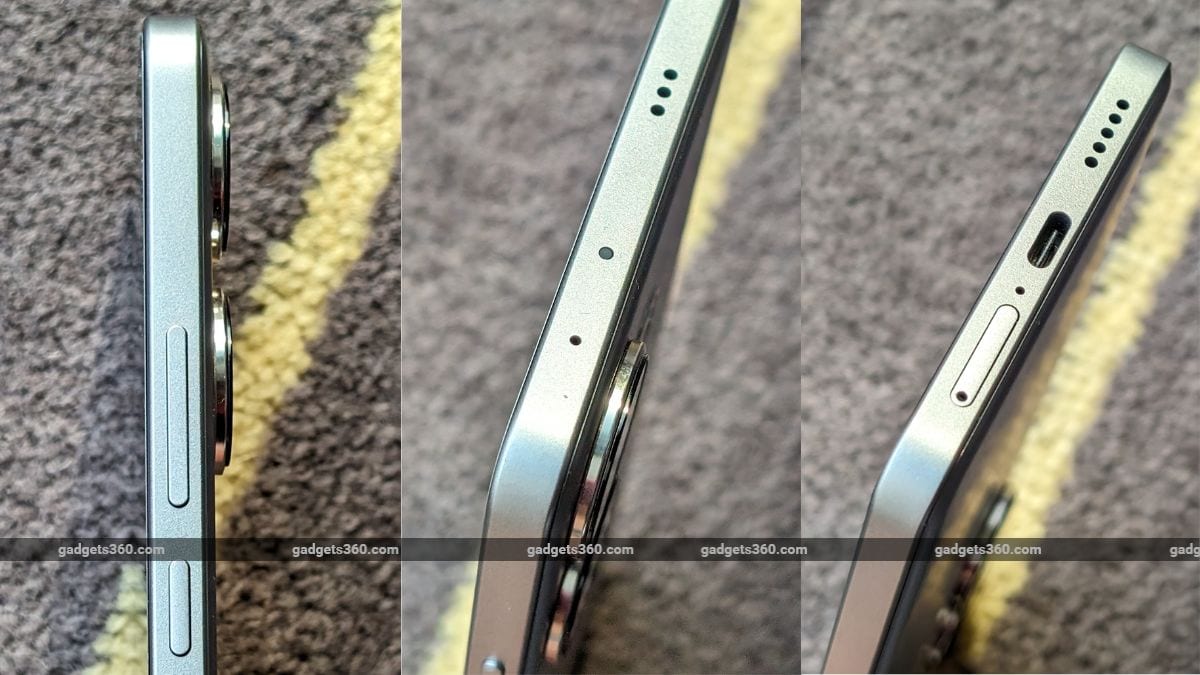
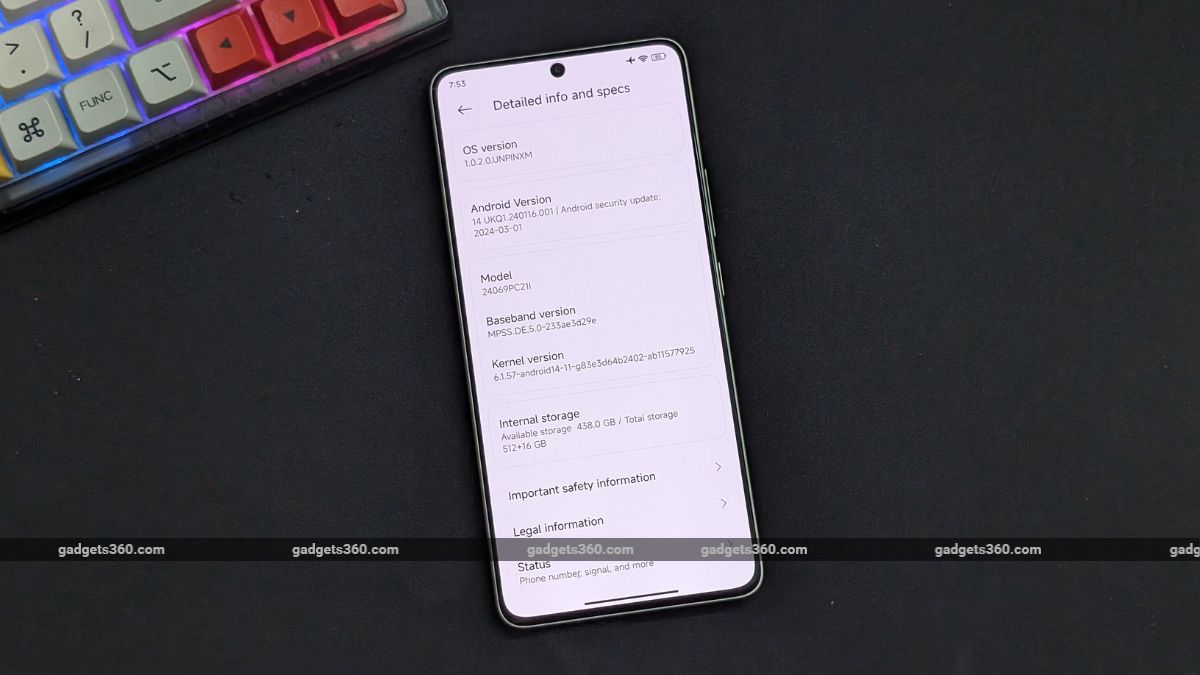
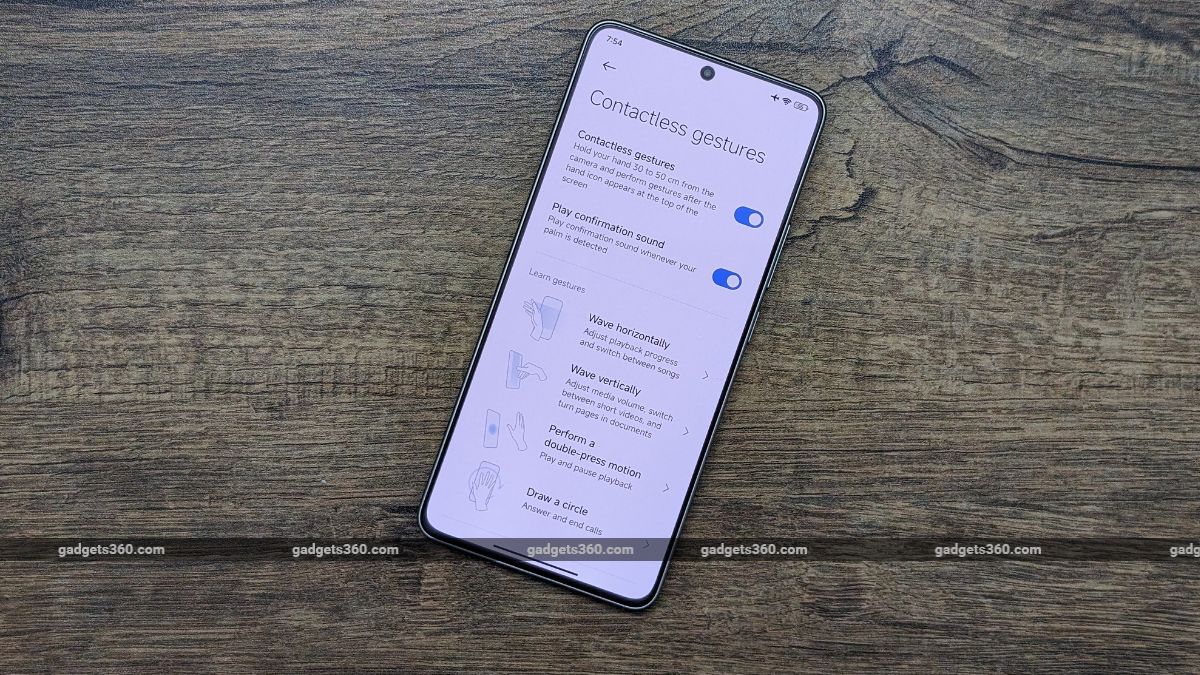
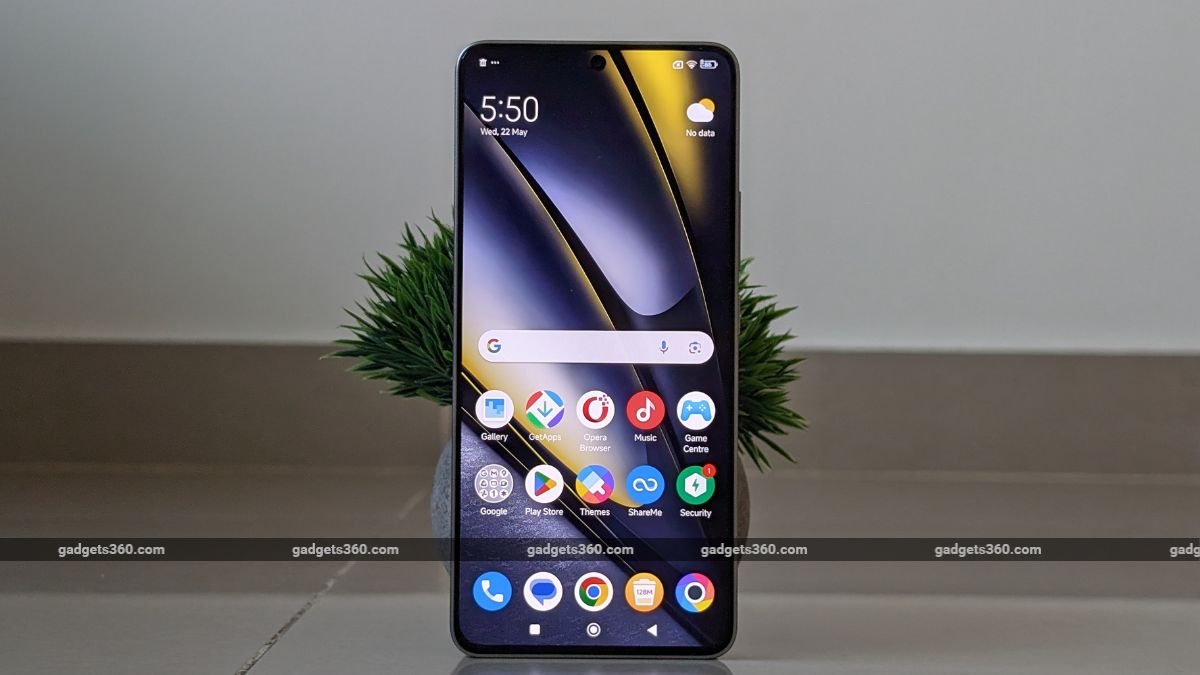
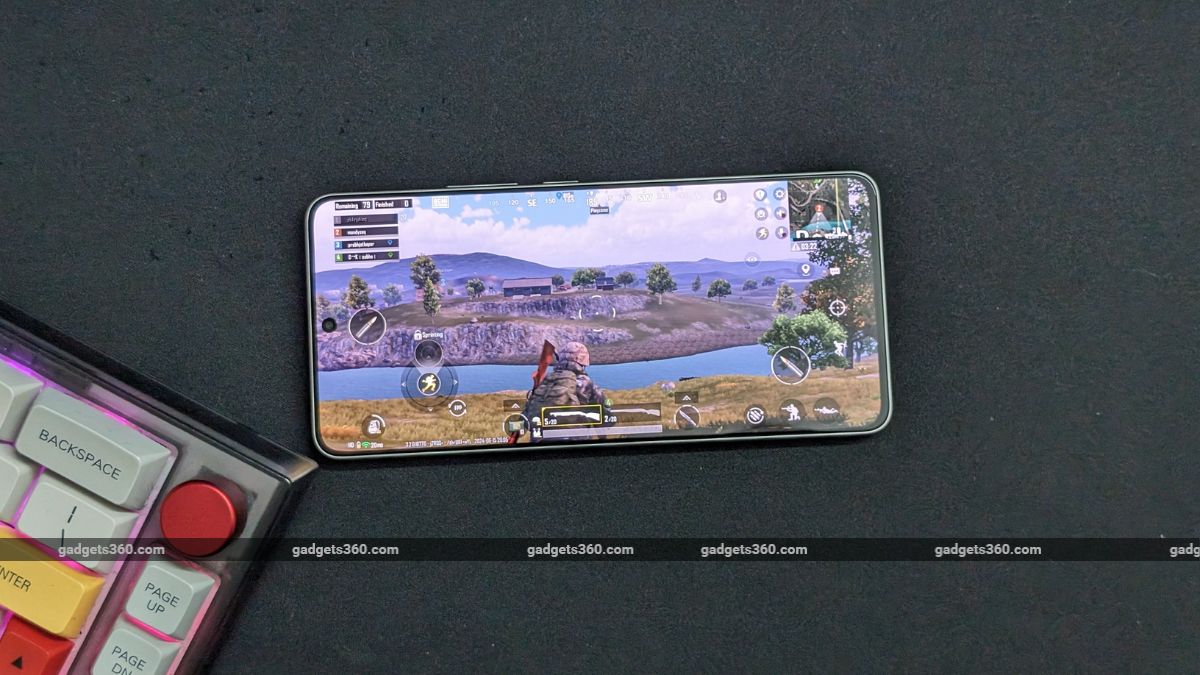
In Short:
Poco F series is known for budget flagship phones. The new Poco F6 promises high performance with Snapdragon 8s Gen 3 chipset. It offers fast LPDDR5X RAM and UFS 4.0 storage. The phone has a simplistic design, good display, and loud sound. The camera setup includes a 50MP primary sensor. Poco F6 is a strong mid-range contender with good performance and value for money.
The F-series is an important lineup for Poco, as the Poco F1 was the first phone from the brand to launch in India. A friend of mine still has the phone, and it runs fine even today. The F1 was a true flagship killer with an affordable price tag. However, things aren’t the same as they used to be, and you’ll find out why at the end of the review. The newest member in the F-series is the Poco F6. Like most F-series phones, the F6 is promised to deliver flagship-level performance thanks to the latest Snapdragon 8 Gen 3 chipset.
I’ve been using the Poco F6 for the last couple of weeks to find out if the new phone is still an affordable flagship killer like the original F1 or just a mid-range upper flagship. Read on to find out.
Poco F6 price in India
The Poco F6 is available in three variants. The base 8GB RAM + 256GB storage option is priced at Rs. 29,999, the 12GB RAM + 256GB variant will cost you Rs. 31,999, and the 12GB + 512GB option is priced at Rs. 33,999. What’s impressive is that the phone ships with fast LPDDR5X RAM and UFS 4.0 storage.
What’s not impressive is the colour options. The phone is sold in two finishes – Black and Titanium. You get a matte finish on the rear panel with both options.
![]()
The box contains a 120W fast charger, but the phone is capped at 90W
We received the top-end variant of the Poco F6 with 12GB RAM and 512GB storage. In the box, the phone came with a soft-touch silicone case, the usual set of paperwork, a SIM ejector tool, a USB Type-A to Type-C cable, and a 120W fast charger.
Poco F6 Review: Design
When it comes to design, the Poco F6 keeps things simple. The design is very minimal, with a plastic back and frame. The rear panel has a smooth finish, and while it can be a little slippery, it is not prone to fingerprints or smudges. We have the Titanium variant, which is definitely the better-looking of the two options. A slight glimmer from the rear panel is visible when light hits it at certain angles.
![]()
The rear panel has a smooth finish to it
You get two large circular camera rings that protrude from the back. A circular LED flash is placed right next to them. I’m not a huge fan of the large camera rings, but I think some may like it. As for branding, there’s a minimal Poco logo and a ‘50MP OIS‘ etched on the back panel. The back also has chamfered edges, making it easy to hold in hand. The phone feels good in my hand. It weighs just 179 grams and is 7.8mm thick.
On the front, the phone now gets Gorilla Glass Victus protection on the display. The screen has slim bezels all around and offers a screen-to-body ratio of 94.2 percent. The Poco F6 has a good-looking front that can easily be mistaken for a high-end premium phone. You also get an in-display fingerprint scanner placed at the bottom and a punch-hole cutout for the selfie camera at the top centre.
![]()
The Poco F6 doesn’t get a 3.5mm headphone port
The right frame houses the volume and power button, the top houses a microphone, an IR blaster, and a loudspeaker, and the bottom gets the USB Type-C port, another microphone, and the secondary speaker.
Poco has improved the IP rating on the new F6, with the phone now offering an IP64 rating, which is a nice bump from the IP53 rating on the Poco F5.
Poco F6 Review: Specifications and software
The Poco F6 is the first phone in India to launch with the Snapdragon 8s Gen 3 SoC. This is an all-new chipset from Qualcomm that uses the same 4nm fabrication process as the more powerful Snapdragon 8 Gen 3. The chipset is paired with fast LPDDR5x RAM up to 12GB and UFS 4.0 storage up to 512GB. It gets the Adreno 735 GPU.
For connectivity, you get a USB Type-C port, 5G Dual SIM, dual-band Wi-Fi 6, Bluetooth 5.4, NFC, an Infrared blaster, and support for the usual set of GPS satellites.
Although placed very low to my liking, the in-display fingerprint scanner works well. I faced no issues with it during the review period. It also unlocks quite fast.
![]()
The phone comes with up to 12GB LPDDR5X RAM
Poco has packed a 5,000mAh battery in the F6 that supports 90W fast charging. You do get a 120W charger in the box, but the charging speed is capped at 90W.
The Poco F6 runs Android 14-based HyperOS out-of-the-box and is promised to receive three major Android updates and four years of security patches. That’s pretty good if you ask me.
In terms of features, you get all the goodness of HyperOS but with some pre-installed apps. Luckily, there are no Hot apps or Hot games, and all the included games and apps can be uninstalled. Along with the usual HyperOS features, the phone also gets a couple of AI features. These include AI Gesture control, AI Image Expansion, AI Eraser Pro, AI Bokeh, AI Noise Cancellation, AI Network and Connectivity, and Wildboost 3.0.
![]()
The AI Gesture control feature mostly feels like a gimmick, for now
I tried AI Gesture control and some AI image editing features on the Poco F6. The AI Gesture control works, but not all the time, and has somewhat of a steep learning curve. It also currently only works on Netflix and the inbuilt Music app. You can increase or lower the volume, play/pause content, and forward/rewind/switch music by using hand gestures. It’s mostly a gimmick, but when it works, it’s kind of cool.
The AI image editing tools are also a hit or miss. You can erase objects, remove people, add blur, and change the sky in photos. These features don’t require an internet connection, which is nice, but the results aren’t perfect or as good as some of the other similar features in the market. I tried to remove an object, and while I got decent results most of the time, sometimes the AI just added an object instead of removing it.
Overall, the Poco F6 provided a good software experience with plenty of features and customisation. While the AI Gesture control isn’t that useful, some of the AI features, such as the image eraser, can do a good job.
Poco F6 Review: Performance
Moving on to performance, the Poco F6 is as good as a mid-range phone gets. The Snapdragon 8 Gen 3 is an excellent chip, and while it may not be as powerful as the Snapdragon 8 Gen 2 or Gen 3, it delivers a great balance of performance and efficiency. The phone scored very well in all the benchmarks I threw at it. In AnTuTu v10, the Poco F6 scored 14,57,491 points in performance mode. On Geekbench 6, the phone scored 1,835 points in the single-core CPU tests and 4,693 in the multi-core test.
In real-world usage, I did not face any performance issues such as lag or stuttering. The animations, scrolling, and overall software were smooth.
![]()
The phone offers HDR10+ and Dolby Vision support
The Poco F6 also has a good display that is great for watching all kinds of content. You have features such as HDR mode and AI Super-resolution that make watching things more fun. The phone has a 6.67-inch LTPS AMOLED display with 1.5K resolution, up to 480Hz touch sampling rate, and a 120Hz refresh rate. You can choose between a dynamic refresh rate or a display that is set to either 60 or 120Hz.
The display offers a peak brightness of 2,400 nits and supports Dolby Vision HDR 10+. I had no issues reading the display indoors and outdoors under direct sunlight. It’s a lovely bright display offering three main colour modes – Original Colour Pro, Vivid, and Saturated. There’s also a custom mode if you want to fine-tune the display colours. I found the Original Colour Pro mode to be the best. The panel also offers good viewing angles.
Moving on from the display, the Poco F6 also delivers good sound. You get a hybrid speaker setup that is loud and offers some bass as well. The vocals are clear, even at full volume, and the overall sound quality is quite good. The call quality is also good, with microphones performing well even outdoors.
![]()
Most games run at full settings with ease
Gaming on the phone is fun. Throw any casual game at it, and you’ll never face any lag or hiccups. Even graphics-intensive games run well on the Poco F6. I played BGMI and Genshin Impact on the phone at their highest settings and faced no issues. Touch sensitivity is also good; you can use the Game Turbo app to improve gaming performance further.
With gaming comes heating, but I’m happy that the phone did not heat too much when gaming or while using the camera. It did get warm to the touch, but not enough to put me off from gaming. The phone only gets hot when charging.
Talking about charging, the Poco F6 performed very well in our battery test. The phone managed to last about 21 hours in our HD video loop test, which is pretty good. When it comes to normal daily usage, the phone consistently lasted more than a day and a half. Throw in some gaming, YouTube, Netflix, GPS navigation, and camera usage, and I still got around 6 hours of screen time. When you run out of juice, the 90W fast charging can take the phone from 0 to 100 in about 1 hour 10 mins.
Poco F6 Review: Cameras
Finally, let’s talk about the cameras. The Poco F6 has a dual camera setup, one less than last year’s F5. There’s no 2-megapixel macro camera this time around. You get a 50-megapixel Sony IMX882 primary sensor with f/1.6 aperture and OIS and an 8-megapixel Sony IMX355 ultra-wide unit with a FoV of 119 degrees. For selfies, there’s a 20-megapixel unit up front. The camera interface on the phone is easy to use and offers plenty of features. There’s a Pro mode, a Night mode, and even a 50-megapixel mode. You can swipe down from the top to toggle various features such as Gridlines, AI camera, Tilt-shift, and Burst mode.

